1. Building a Wet Bar
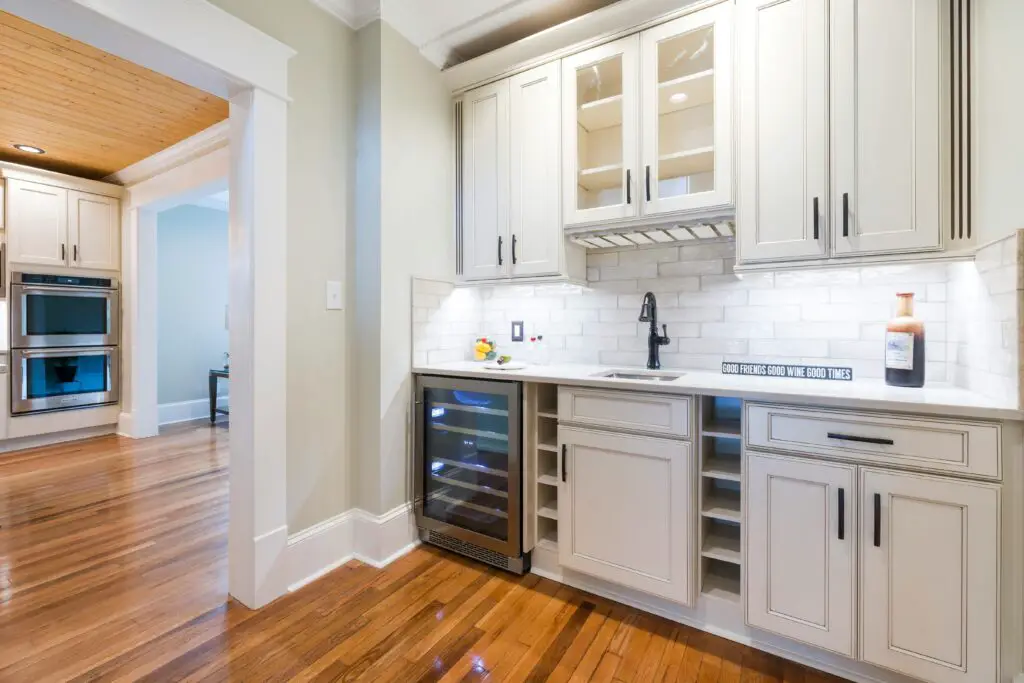
Wet bars were a popular feature in homes built in the 1970s and 1980s, offering a designated space for entertaining and mixing drinks. However, the trend has significantly waned in recent years as modern homeowners favor open-plan kitchens and multifunctional spaces. A wet bar often feels like wasted square footage, particularly in homes where the kitchen or dining area already accommodates entertaining needs. Additionally, the cost of installing plumbing, custom cabinetry, and countertops for a wet bar rarely translates to a significant increase in property value.
As noted by The New York Times, today’s buyers are more likely to invest in portable bar carts or use existing spaces creatively to host guests. Wet bars are often viewed as relics of a bygone era and can make a home feel dated rather than modern and versatile. If you’re considering adding one, it may be wiser to create an open, inviting kitchen or enhance existing spaces for entertaining instead.
2. Overly Customized Kids’ Rooms

Highly personalized kids’ rooms, such as those with built-in bunk beds, elaborate play structures, or custom murals, may delight your family now but can be a major turnoff for potential buyers. These features often cater to specific ages or interests, making them impractical for buyers who don’t have children or whose kids are in different age groups. Additionally, built-in elements can be difficult and expensive to remove, leaving buyers feeling burdened by a renovation project right after purchasing a home.
According to Realtor.com, buyers are drawn to neutral, adaptable spaces that can be easily repurposed. Over-customizing a child’s room can limit its functionality and make it harder for buyers to envision the space meeting their needs. Instead of permanent fixtures, consider using removable wallpaper, modular furniture, or simple design elements that can easily be updated as children grow. This approach ensures your home remains flexible and appealing to a broader range of buyers.
3. Converting a Garage into a Living Space
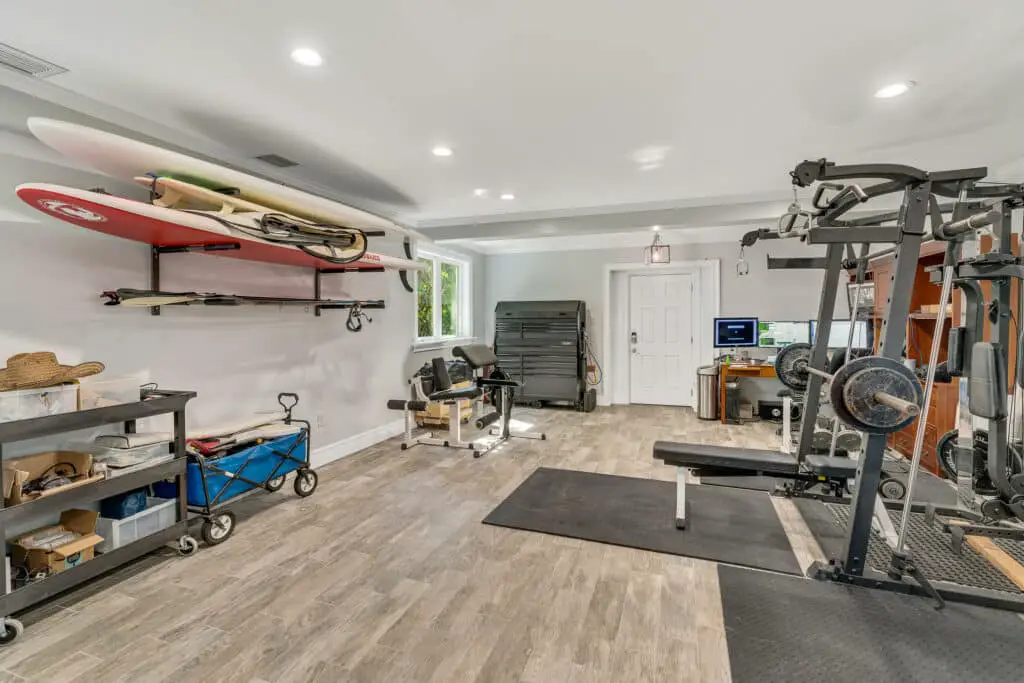
Converting a garage into a bedroom, office, or living area might seem like a great way to increase usable square footage, but this renovation often leads to a decrease in property value. Many homebuyers view garages as essential spaces for parking, storage, or hobbies like woodworking. Eliminating the garage entirely can limit your home’s functionality and make it less attractive to future buyers.
According to Zillow, homes with garages tend to sell faster and for higher prices than those without, particularly in suburban and rural areas where car ownership is common. Buyers often see a converted garage as an inconvenience, especially if it means sacrificing covered parking or storage space. Additionally, converting a garage back into its original form can be an expensive and time-consuming project. If you’re looking to add more living space, consider building an addition or finishing a basement instead of repurposing the garage.
4. Installing High-End Custom Closets
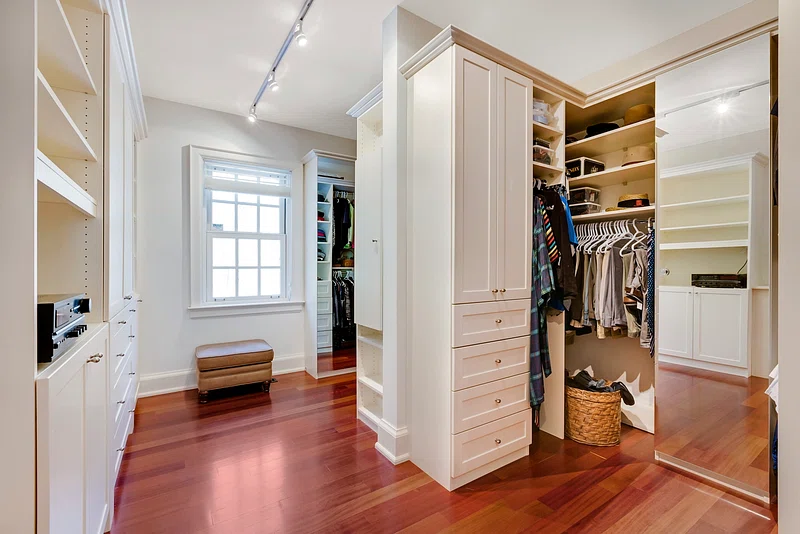
Custom closets with built-in shelving, lighting, and other high-end features have long been considered a desirable upgrade for homeowners. However, these extravagant closet renovations are rarely a good investment when it comes to resale value. While they can make your daily routine more convenient, most buyers are unwilling to pay a premium for elaborate storage systems, especially when there are less expensive, modular options available.
As noted by Forbes, many buyers prefer flexible closet solutions that they can customize to their own needs after moving in. High-end custom closets are often seen as overly specific and can limit a buyer’s ability to repurpose the space for different uses. Additionally, the cost of installing luxury closets often far exceeds the potential ROI, making this upgrade more of a personal indulgence than a practical investment. If you’re considering a closet renovation, focus on simple, functional upgrades like adjustable shelving and ample hanging space to appeal to a broader audience.
5. Adding a Sunroom
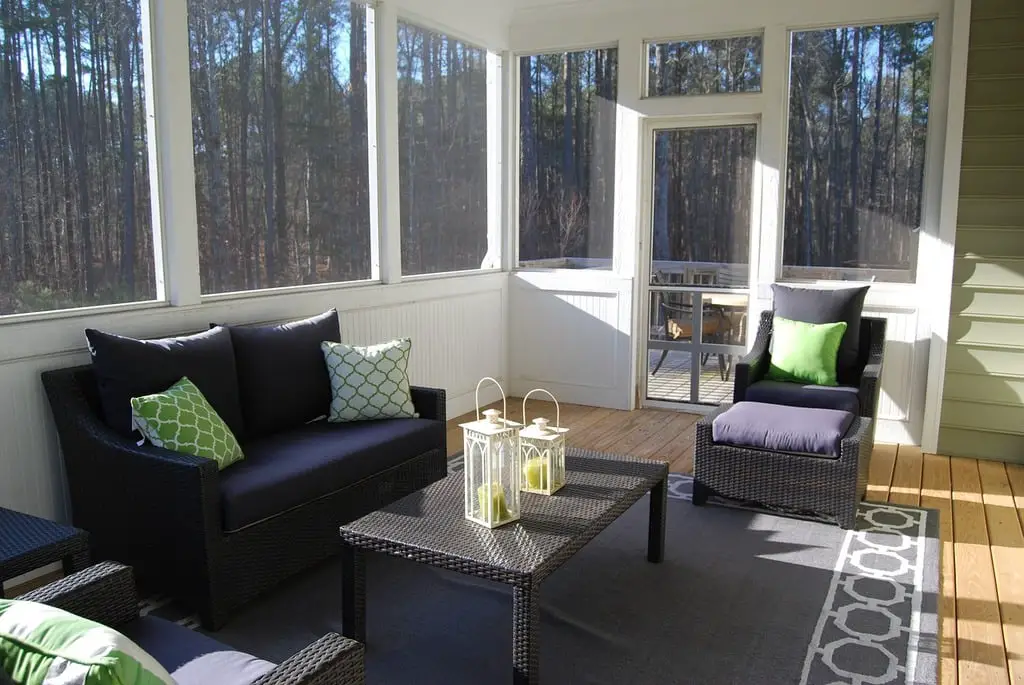
Sunrooms were once viewed as a luxurious way to enjoy natural light while staying protected from the elements, but they’ve fallen out of favor with modern homeowners. While a sunroom can be a pleasant addition to a home, its construction costs are typically high, and the ROI tends to be disappointingly low. The expense of building a sunroom often includes installing large windows, additional HVAC systems, and proper insulation, which can easily total tens of thousands of dollars. Unfortunately, buyers rarely prioritize sunrooms, often viewing them as unnecessary or impractical spaces.
According to Better Homes & Gardens, the average return on investment for a sunroom is less than 50%, meaning homeowners are unlikely to recoup their costs when selling. Furthermore, sunrooms can increase utility bills due to poor insulation and excessive heat loss during the winter. With energy efficiency being a top concern for buyers, sunrooms are often seen as a liability rather than an asset. Instead of adding a sunroom, consider enhancing your outdoor space with a covered patio or deck, which can offer similar benefits at a fraction of the cost.
6. Installing a Pool
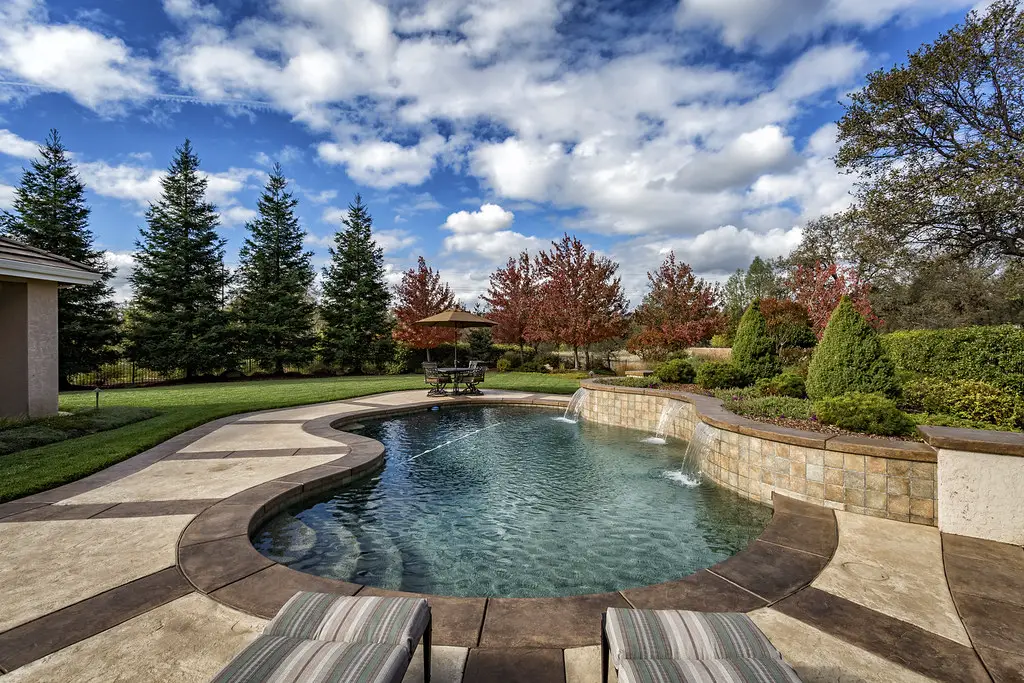
Swimming pools might seem like a dream addition for homeowners looking to enhance their outdoor space, but they are often a poor financial investment. Pools come with high upfront costs for installation and require ongoing expenses for maintenance, heating, and insurance. While pools are desirable in certain climates or upscale neighborhoods, they can also deter buyers who don’t want the responsibility or cost associated with pool ownership. Families with young children may also see pools as a safety hazard.
As noted by The Wall Street Journal, the ROI for pool installations varies widely, but most homeowners recoup less than 50% of the cost when selling. In regions where pools are less common, they may even lower the value of a property by limiting its appeal to a narrower audience. For those considering adding a pool, it’s important to weigh the personal enjoyment it brings against its potential impact on resale value. Enhancing your backyard with features like landscaping, fire pits, or outdoor kitchens may provide a better return while still creating a welcoming outdoor environment.
7. Installing Expensive Countertops in Lower-Tier Homes
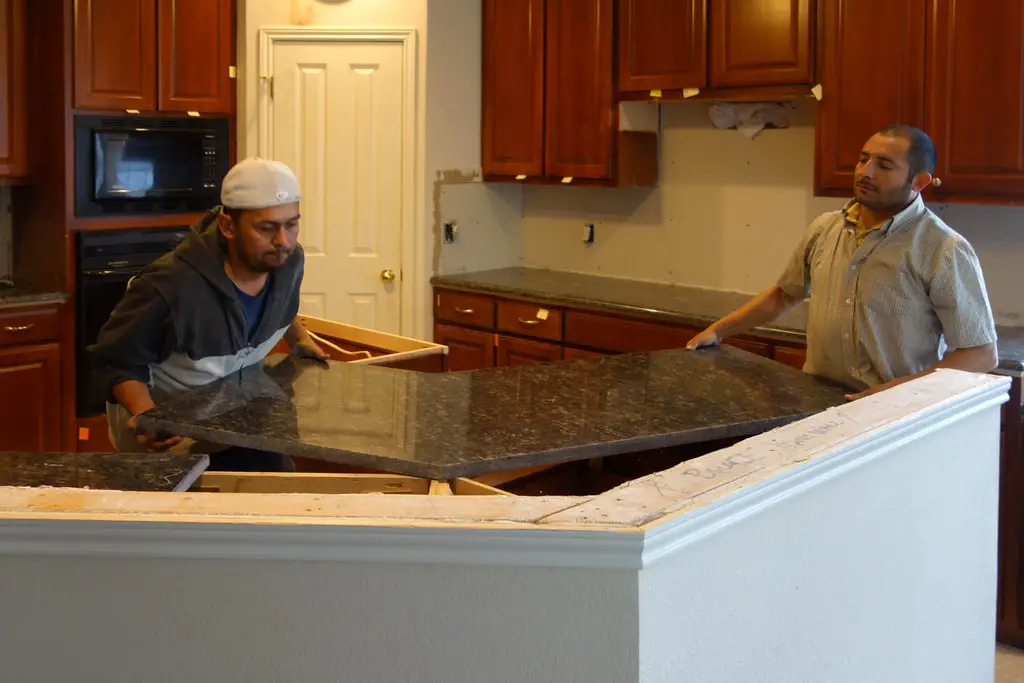
While luxury countertops like marble, quartzite, and exotic granite are a must-have in high-end homes, installing them in mid-range or starter homes can be a waste of money. Buyers in this price range are more focused on affordability and functionality than luxury features, and the cost of premium countertops rarely translates to a higher selling price. Over-investing in kitchen renovations can result in diminishing returns, as buyers may not be willing to pay extra for upgrades that exceed the home’s overall value.
According to House Beautiful, mid-range homes benefit more from cost-effective materials like quartz or butcher block, which offer a balance of durability and style without breaking the bank. Overly extravagant choices can make your kitchen feel out of place in relation to the rest of the home, potentially deterring buyers who are looking for cohesive, practical spaces. When renovating, it’s important to consider your neighborhood’s price range and select materials that align with buyer expectations for that market.
8. Creating a Home Office That’s Too Specialized
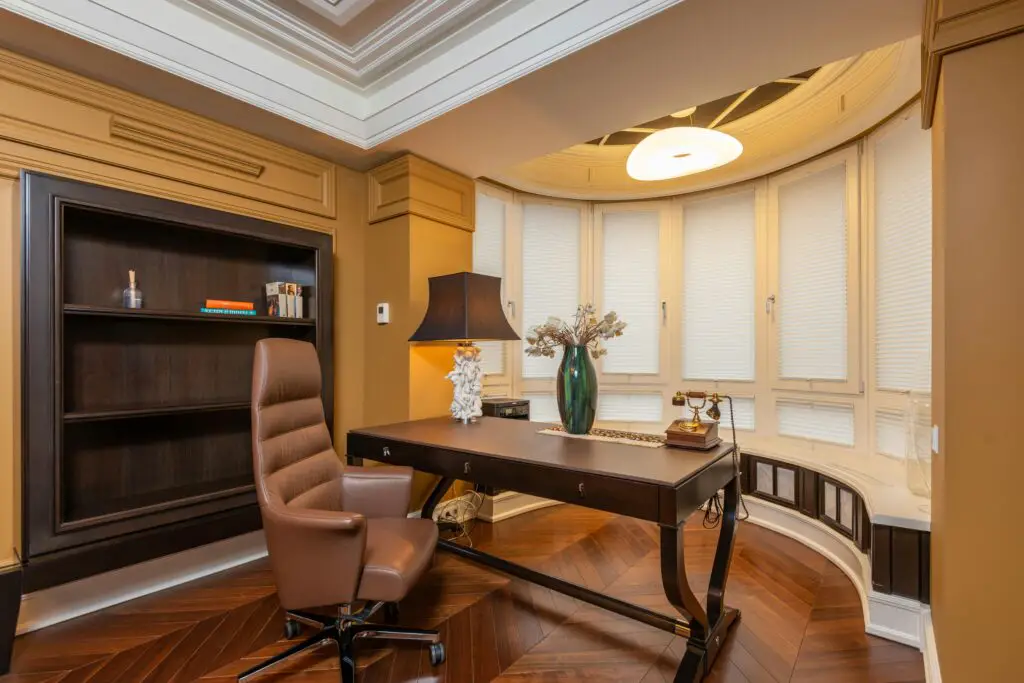
The rise of remote work during the pandemic led to a surge in home office renovations, but creating a space that’s too specialized can backfire. Built-in desks, custom cabinetry, and overly specific layouts may seem like a smart investment for those working from home, but they can alienate buyers who don’t share the same needs. As remote work trends fluctuate, buyers may prioritize flexibility over a dedicated office, preferring spaces that can serve multiple purposes, such as a guest bedroom or playroom.
According to Realtor.com, buyers are increasingly drawn to homes with adaptable spaces that can evolve with their needs. Over-customizing a home office can limit its appeal, particularly for buyers who want to use the space differently. Instead of investing in permanent fixtures, consider creating a functional but flexible office with movable furniture and neutral décor. This approach allows buyers to easily transform the space to suit their own preferences.
9. Installing High-Maintenance Landscaping

Elaborate landscaping with intricate designs, exotic plants, and water features may look stunning, but it can be a turnoff for buyers who prioritize low-maintenance yards. While beautifully landscaped gardens can enhance curb appeal, they often come with steep upkeep costs and require significant time and effort to maintain. Features like koi ponds, elaborate flower beds, or hedges that need frequent trimming may seem like selling points but can ultimately scare away buyers who don’t have the resources or desire to maintain them.
As noted by The Spruce, modern buyers favor landscaping that’s simple, eco-friendly, and easy to care for, such as native plants, xeriscaping, or minimal lawn space. High-maintenance yards can also be a financial burden, as they may require professional services for upkeep. Instead of investing in costly landscaping, focus on creating an attractive but manageable outdoor space that appeals to a wide range of buyers.
10. Adding Wall-to-Wall Carpeting
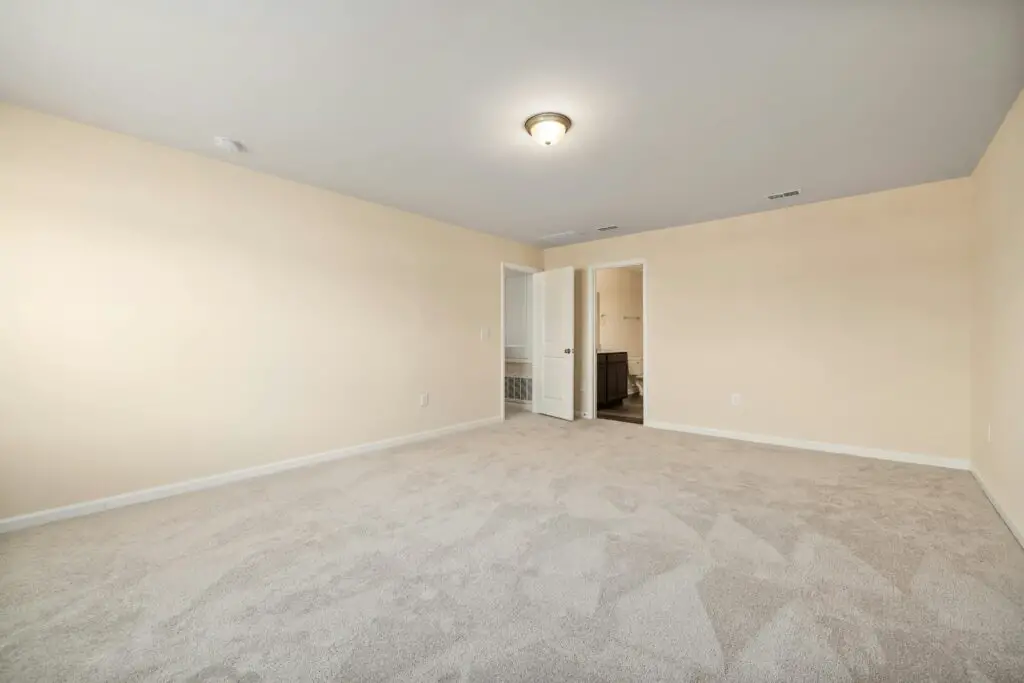
Wall-to-wall carpeting was once a staple in many homes, prized for its comfort and warmth. However, in 2025, this renovation is more of a liability than a selling point. Carpeting can trap dust, allergens, and odors, making it a poor choice for homeowners with pets or allergies. It also tends to show wear and tear more quickly than hard flooring, requiring frequent replacements or deep cleanings to maintain its appearance. Buyers today overwhelmingly prefer hardwood, luxury vinyl plank (LVP), or tile flooring for their durability, easy maintenance, and modern look.
According to Zillow, homes with hardwood flooring sell faster and for higher prices than those with extensive carpeting, as buyers view them as more upscale and practical. While some buyers may still appreciate carpet in bedrooms, installing it throughout an entire house can make your property feel outdated. For homeowners considering upgrades, investing in durable, low-maintenance flooring options will have a far greater impact on resale value.
11. Installing a Whirlpool Tub
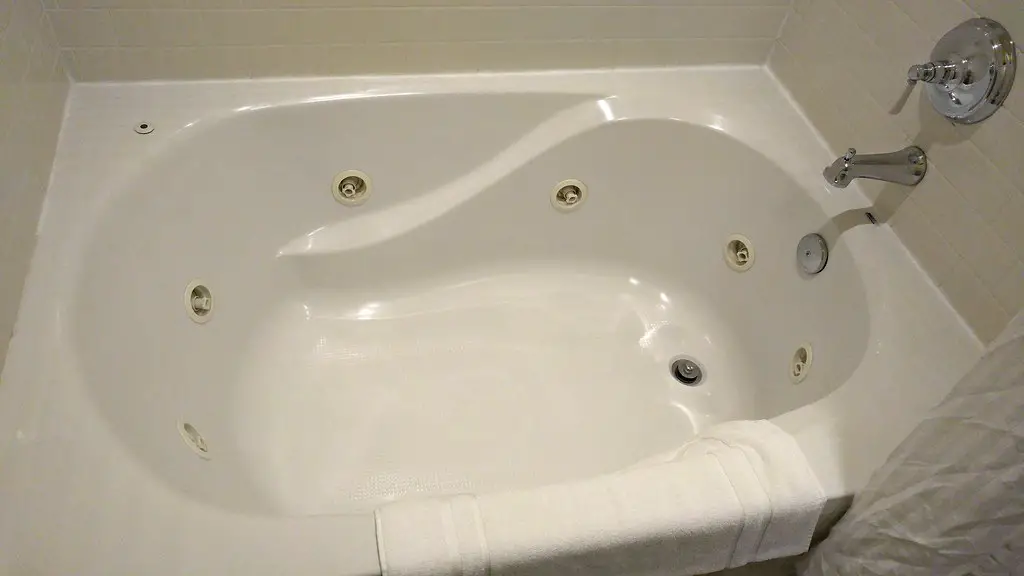
Whirlpool tubs were once the pinnacle of bathroom luxury, offering homeowners a spa-like experience in the comfort of their own home. However, these oversized tubs are falling out of favor as they are expensive to install, use large amounts of water, and require significant maintenance to keep clean. Many homeowners report that they rarely use these tubs, finding them cumbersome to fill and impractical for daily use. Additionally, the large footprint of a whirlpool tub can take up valuable bathroom space that could be better utilized for a walk-in shower or additional storage.
According to HGTV, modern buyers now prefer bathrooms with sleek, spacious showers that feature rainfall showerheads, body jets, and frameless glass enclosures. These features offer a luxurious experience without the drawbacks of a whirlpool tub. Furthermore, a large shower is often seen as more energy-efficient and easier to clean, making it a more appealing option for busy households. If you’re planning a bathroom renovation, replacing a whirlpool tub with a contemporary, spa-like shower can provide a better ROI and appeal to a wider range of buyers.
12. Adding a Home Theater Room
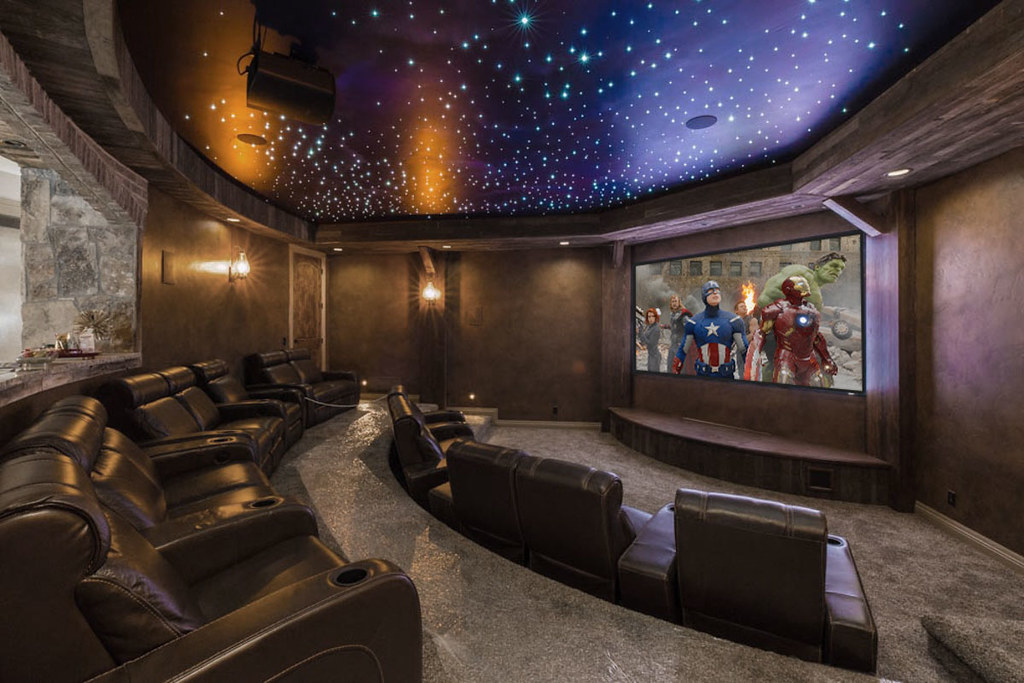
Home theater rooms were once a status symbol, showcasing cutting-edge technology and providing a dedicated space for movie nights and entertainment. However, advancements in home entertainment systems, like affordable 4K TVs and wireless soundbars, have made it possible to replicate the theater experience in any living room. As a result, dedicated theater rooms are becoming less practical and often seen as wasted space by modern buyers.
The New York Times points out that today’s homeowners prioritize flexible, multipurpose spaces over single-use rooms like home theaters. A room solely designed for watching movies often limits its functionality and can deter buyers who would rather use the space as a home office, gym, or guest bedroom. Additionally, converting a home theater back into a standard room can be costly, further reducing its appeal. Instead of investing in a home theater, consider creating a versatile media space in your living room with modular furniture and portable tech.
13. Installing Expensive Smart Home Systems
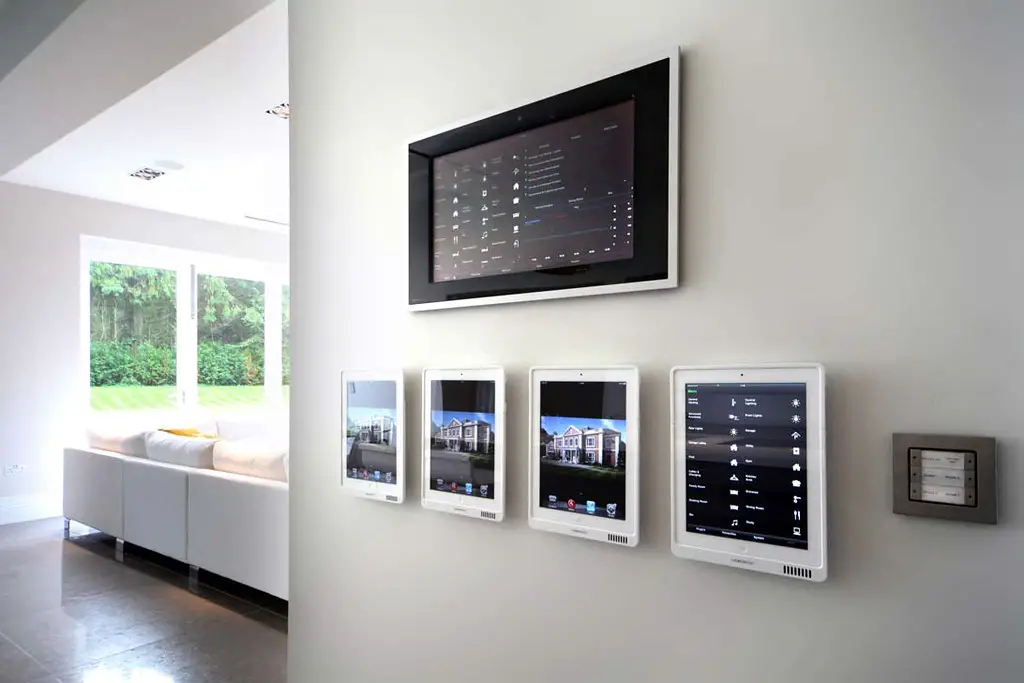
Smart home technology is undoubtedly a growing trend, but overly expensive, custom-installed systems often don’t provide a worthwhile return on investment. While features like smart thermostats, lighting, and security systems are popular, many buyers are content to install their own devices after purchasing a home. Expensive built-in systems can quickly become obsolete as technology advances, leaving buyers hesitant to pay for outdated features they may have to replace.
As reported by CNET, buyers now prefer simple, affordable smart home products they can control through apps or voice assistants like Amazon Alexa or Google Assistant. Investing in an elaborate system with proprietary software can deter buyers who prioritize flexibility and ease of use. If you’re looking to incorporate smart technology into your home, focus on cost-effective, modular options that enhance convenience without overwhelming potential buyers.
